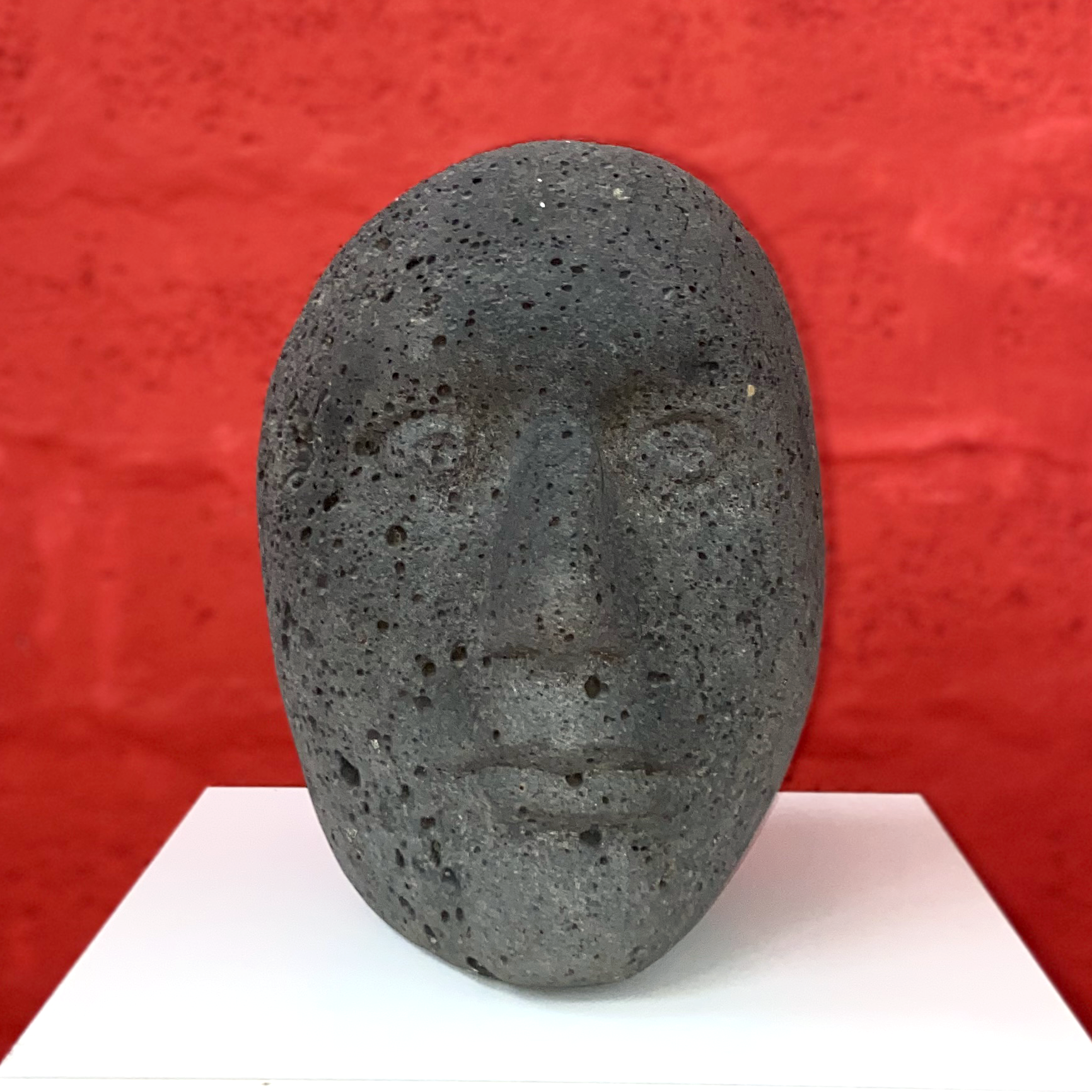
artists A–Z
Michèle Assaf Kamel
Michèle Assaf Kamel follows her own logic. Her pieces initially representing building blocks, are a questioning of otherness, of knowing others and the possibility of existing with or without them. Kamel’s interest in her homeland drives her unusual, thought-provoking sculptures, which reflect the aspiration of a new world and the existence of wide unexplored territories that are so far, yet so close.
Michel Basbous
Michel Basbous is regarded as the pioneer of modern sculpture in Lebanon. His artistic legacy extends beyond his own achievements. Basbous exerted a significant influence on his contemporaries and subsequent generations of sculptors, shaping the trajectory of sculptural expression in Lebanon.
Alfred Basbous
Alfred Basbous' first encounter with the hammer and chisel occurred while he and his younger brother Joseph were cutting stones to construct the Basbous family house in Rachana. This initial encounter gradually transformed into a profound understanding of stone as he collaborated with Michel, honing his technique and refining his artistic sensibilities.
Zaven Hadichian
Hadichian dedicated his life to the craft of sculpting and also shared his expertise as a teacher of modeling and sculpting at various universities in Lebanon. He played an instrumental role in shaping the field by designing a teaching program at the Lebanese Academy of Fine Arts (ALBA). He also taught at the Fine Arts Department of Université Saint-Esprit de Kaslik (USEK) and held the distinction of being the first professor of sculpture at the Fine Arts Institute of the Lebanese University.
Nour Kuri
Born in Mexico City, Nour Kuri is of Lebanese descent, with family origins from Jezzine. She holds a B.A. in Social Communications from Anahuac University in Mexico. She has held over 40 individual exhibitions in museums and galleries across Mexico, the United States of America, Europe, Lebanon, and China. Several of her sculptures are included in the permanent collection of the Migration Nucleus Museum in Lebanon, as well as in private and public collections.
Raymond Khawam
Raymond Khawam's expertise spanned the fields of electricity, mechanics, and solar energy. Notably, he held a position of responsibility at Kettaneh establishments, overseeing X-ray installations in the Middle East. His remarkable manual dexterity and creative mind distinguished him in his pursuits.
Wajih Nahle
Renowned for his mastery of Islamic art, Wajih Nahle transcended boundaries by transforming Arabic calligraphy into a universal language. His artistic ideology reflects a fusion of tradition and contemporary postulates, skillfully interweaving technical complexity with profound symbolism.
Alfons Philipps
Alfons Philipps worked with a variety of materials, including metal sheets, nails, and branches from oak, olive, and lemon trees. He employed unconventional mediums such as coffee beans and color stones, meticulously collecting, grinding, and preparing them for his paintings. His predominantly abstract works, infused with a touch of surrealism, exuded strength through their concise lines and pure shapes. He often incorporated ready-made objects or natural materials into his creations, further enhancing their distinctive character.
Boulos Richa
A self-taught sculptor, Boulos Richa has always been drawn to forging and smelting. He practiced his craft with great diligence and dedication. He was endlessly fascinated by the material, heating, beating, blazing, hammering, cutting, twisting, chiseling, and assembling it. Nicknamed "Akhwat el-hadid," he was recognized as a master blacksmith throughout the land, possessing extensive knowledge of techniques and methods.
Mouazzez Rawda
Mouazzez Rawda was a dedicated artist, known for her determination and as one of the first female drivers in Beirut. She began studying art at the age of fifty. Rawda actively participated in five Salon d'Automne exhibitions at the Sursock Museum from 1964 to 1968, receiving two prizes. Her sculpture "Hayalissa" was created in stone in Saida after winning the Ministry of Tourism prize for public monuments.
Dorothy Salhab Kazemi
As a pioneer of modern ceramics in Lebanon, Dorothy Salhab Kazemi introduced stoneware and porcelain, revolutionizing the traditional clay baking process. Influenced by anthropologist Edward Leach, she used a manual wheel to create objects with their own distinct identities. Dorothy also shared her expertise as a ceramics expert at an archaeological excavation site in Syria.
Harout Torossian
Harout Torossian was a Lebanese-Armenian painter and sculptor. He studied at ALBA (Académie Libanaise des Beaux-Arts) and continued his artistic education at l'École Nationale Supérieure des Beaux-Arts (Paris) in the sections of painting, engraving, mosaic and fresco from 1956 to 1961.












